|
Flange Nut
A flange nut is a nut that has a wide flange at one end that acts as an integrated washer. This serves to distribute the pressure of the nut over the part being secured, reducing the chance of damage to the part and making it less likely to loosen as a result of an uneven fastening surface. These nuts are mostly hexagonal in shape and are made up of hardened steel and often coated with zinc. Flange nuts (and bolts) are widely used in automobiles and electronic products. Variants Serrated flange nut The flange may be serrated to provide a locking action. On a serrated flange nut, the serrations are angled such that they keep the nut from rotating in the direction that would loosen the nut. Because of the serrations they cannot be used with a washer or on surfaces that must not be scratched. The serrations help in preventing the vibration of the nut from moving the fastener, thus maintaining the holding power of the nut. Swivelling flange nut Flange nuts are sometimes provide ... [...More Info...] [...Related Items...] OR: [Wikipedia] [Google] [Baidu] |
Serrated Hex Flange Nut
Serration is a saw-like appearance or a row of sharp or tooth-like projections. A serrated cutting edge has many small points of contact with the material being cut. By having less contact area than a smooth blade or other edge, the applied pressure at each point of contact is greater and the points of contact are at a sharper angle to the material being cut. This causes a cutting action that involves many small splits in the surface of the material being cut, which cumulatively serve to cut the material along the line of the blade. In nature, serration is commonly seen in the cutting edge on the teeth of some species, usually sharks. However, it also appears on non-cutting surfaces, for example in botany where a toothed leaf margin or other plant part, such as the edge of a carnation petal, is described as being serrated. A serrated leaf edge may reduce the force of wind and other natural elements. Probably the largest serrations on Earth occur on the skylines of mountains (th ... [...More Info...] [...Related Items...] OR: [Wikipedia] [Google] [Baidu] |
Nut (hardware)
A nut is a type of fastener with a screw thread, threaded hole. Nuts are almost always used in conjunction with a mating bolt (fastener), bolt to fasten multiple parts together. The two partners are kept together by a combination of their threads' friction (with slight deformation (engineering)#Elastic deformation, elastic deformation), a slight Tension (physics), stretching of the bolt, and compression (physics), compression of the parts to be held together. In applications where vibration or rotation may work a nut loose, various locking mechanisms may be employed: lock washers, jam nuts, eccentric double nuts, specialist adhesive thread-locking fluid such as Loctite, safety pins (split pins) or lockwire in conjunction with castellated nuts, nylon inserts (nyloc nut), or slightly oval-shaped threads. Square nuts, as well as bolt heads, were the first shape made and used to be the most common largely because they were much easier to manufacture, especially by hand. While rare to ... [...More Info...] [...Related Items...] OR: [Wikipedia] [Google] [Baidu] |
Flange
A flange is a protruded ridge, lip or rim (wheel), rim, either external or internal, that serves to increase shear strength, strength (as the flange of an iron beam (structure), beam such as an I-beam or a T-beam); for easy attachment/transfer of contact force with another object (as the flange on the end of a pipe (fluid conveyance), pipe, steam cylinder, etc., or on the lens mount of a camera); or for stabilizing and guiding the movements of a machine or its parts (as the inside flange of a railroad car, rail car or tram train wheel, wheel, which keep the wheels from derailment, running off the rail profile, rails). Flanges are often attached using bolts in the pattern of a bolt circle. The term "flange" is also used for a kind of tool used to form flanges. Plumbing or piping A flange can also be a plate or ring to form a rim at the end of a pipe when fastened to the pipe (for example, a closet flange). A blind flange is a plate for covering or closing the end of a pipe. A ... [...More Info...] [...Related Items...] OR: [Wikipedia] [Google] [Baidu] |
Washer (hardware)
A washer is a thin plate (typically disk-shaped, but sometimes square) with a hole (typically in the middle) that is normally used to distribute the load of a threaded fastener, such as a bolt or nut. Other uses are as a spacer, spring (Belleville washer, wave washer), wear pad, preload indicating device, locking device, and to reduce vibration ( rubber washer). Washers are usually metal or plastic. High-quality bolted joints require hardened steel washers to prevent the loss of pre-load due to brinelling after the torque is applied. Washers are also important for preventing galvanic corrosion, particularly by insulating steel screws from aluminium surfaces. They may also be used in rotating applications, as a bearing. A ''thrust washer'' is used when a rolling element bearing is not needed either from a cost-performance perspective or due to space restraints. Coatings can be used to reduce wear and friction, either by hardening the surface or by providing a solid lubricant (i.e ... [...More Info...] [...Related Items...] OR: [Wikipedia] [Google] [Baidu] |
Hardened Steel
The term hardened steel is often used for a medium or high carbon steel that has been given heat treatment and then quenching followed by tempering. The quenching results in the formation of metastable martensite, the fraction of which is reduced to the desired amount during tempering. This is the most common state for finished articles such as tools and machine parts. In contrast, the same steel composition in annealed state is softer, as required for forming and machining. Depending on the temperature and composition of the steel, it can be hardened or softened. To make steel harder, it must be heated to very high temperatures. The final result of exactly how hard the steel becomes depends on the amount of carbon present in the metal. Only steel that is high in carbon can be hardened and tempered. If a metal does not contain the necessary quantity of carbon, then its crystalline structure cannot be broken, and therefore the physical makeup of the steel cannot be altered. Fre ... [...More Info...] [...Related Items...] OR: [Wikipedia] [Google] [Baidu] |
Locknut
A locknut, also known as a lock nut, locking nut, self-locking nut, prevailing torque nut,. stiff nut or elastic stop nut, is a nut that resists loosening under vibrations and torque. Prevailing torque nuts have some portion of the nut that deforms elastically to provide a locking action. Free-spinning locknuts exist which carry the advantage of not requiring extra torque until seated. Types There are various kinds of specialised lock nuts, including: * Castellated nut * Distorted thread locknut ** Centerlock nut **Elliptical offset locknut ** Toplock nut **Philidas nut * Interfering thread nut ** Tapered thread nut * Jam nut * Jet nut (K-nut). * Keps nut (K-nut or washer nut) with a free-spinning washer. In the locknut form, this is a star-type lock washer. * Plate nut * Polymer insert nut (Nyloc nut) * Security locknut All steel reusable nut for high vibration and harsh environments. * Serrated face nut * Serrated flange nut * Speed nut (sheet metal nut or Tinnerman nu ... [...More Info...] [...Related Items...] OR: [Wikipedia] [Google] [Baidu] |
Aerospace Industry
Aerospace is a term used to collectively refer to the atmosphere and outer space. Aerospace activity is very diverse, with a multitude of commercial, industrial and military applications. Aerospace engineering consists of aeronautics and astronautics. Aerospace organizations research, design, manufacture, operate, or maintain both aircraft and spacecraft. The beginning of space and the ending of the air is considered as 100 km (62 mi) above the ground according to the physical explanation that the air pressure is too low for a lifting body to generate meaningful lift force without exceeding orbital velocity. Overview In most industrial countries, the aerospace industry is a cooperation of the public and private sectors. For example, several states have a civilian space program funded by the government, such as National Aeronautics and Space Administration in the United States, European Space Agency in Europe, the Canadian Space Agency in Canada, Indian Space R ... [...More Info...] [...Related Items...] OR: [Wikipedia] [Google] [Baidu] |
Spot Face
A spotface or spot face is a machined feature in which a certain region of the workpiece (a spot) is faced, providing a smooth, flat, accurately located surface. This is especially relevant on workpieces cast or forged, where the spotface's smooth, flat, accurately located surface stands in distinction to the surrounding surface whose roughness, flatness, and location are subject to wider tolerances and thus not assured with a machining level of precision. The most common application of spotfacing (spot facing) is facing the area around a bolt hole where the bolt's head will sit, which is often done by cutting a shallow counterbore, just deep enough "to clean up"—that is, only enough material is removed to get down past any irregularity and thus make the surface flat.. Other common applications of spotfacing involve facing a pad onto a boss, creating planar surfaces in known locations that can orient a casting or forging into position in the assembly; allow part marking such a ... [...More Info...] [...Related Items...] OR: [Wikipedia] [Google] [Baidu] |
ASME
The American Society of Mechanical Engineers (ASME) is an American professional association that, in its own words, "promotes the art, science, and practice of multidisciplinary engineering and allied sciences around the globe" via "continuing education, training and professional development, codes and standards, research, conferences and publications, government relations, and other forms of outreach." ASME is thus an engineering society, a standards organization, a research and development organization, an advocacy organization, a provider of training and education, and a nonprofit organization. Founded as an engineering society focused on mechanical engineering in North America, ASME is today multidisciplinary and global. ASME has over 85,000 members in more than 135 countries worldwide. ASME was founded in 1880 by Alexander Lyman Holley, Henry Rossiter Worthington, John Edison Sweet and Matthias N. Forney in response to numerous steam boiler pressure vessel failures. Kno ... [...More Info...] [...Related Items...] OR: [Wikipedia] [Google] [Baidu] |
International Organization For Standardization
The International Organization for Standardization (ISO ) is an international standard development organization composed of representatives from the national standards organizations of member countries. Membership requirements are given in Article 3 of the ISO Statutes. ISO was founded on 23 February 1947, and (as of November 2022) it has published over 24,500 international standards covering almost all aspects of technology and manufacturing. It has 809 Technical committees and sub committees to take care of standards development. The organization develops and publishes standardization in all technical and nontechnical fields other than electrical and electronic engineering, which is handled by the IEC.Editors of Encyclopedia Britannica. 3 June 2021.International Organization for Standardization" ''Encyclopedia Britannica''. Retrieved 2022-04-26. It is headquartered in Geneva, Switzerland, and works in 167 countries . The three official languages of the ISO are English, Fren ... [...More Info...] [...Related Items...] OR: [Wikipedia] [Google] [Baidu] |
Deutsches Institut Für Normung
' (DIN; in English, the German Institute for Standardisation Registered Association) is the German national organization for standardization and is the German ISO member body. DIN is a German Registered Association ('' e.V.'') headquartered in Berlin. There are currently around thirty thousand DIN Standards, covering nearly every field of technology. History Founded in 1917 as the ' (NADI, "Standardisation Committee of German Industry"), the NADI was renamed ' (DNA, "German Standardisation Committee") in 1926 to reflect that the organization now dealt with standardization issues in many fields; viz., not just for industrial products. In 1975 it was renamed again to ', or 'DIN' and is recognised by the German government as the official national-standards body, representing German interests at the international and European levels. The acronym, 'DIN' is often incorrectly expanded as ' ("German Industry Standard"). This is largely due to the historic origin of the DIN as "NADI" ... [...More Info...] [...Related Items...] OR: [Wikipedia] [Google] [Baidu] |
Japanese Industrial Standards
are the standards used for industrial activities in Japan, coordinated by the Japanese Industrial Standards Committee (JISC) and published by the Japanese Standards Association (JSA). The JISC is composed of many nationwide committees and plays a vital role in standardizing activities across Japan. History In the Meiji era, private enterprises were responsible for making standards, although the Japanese government too had standards and specification documents for procurement purposes for certain articles, such as munitions. These were summarized to form an official standard, the Japanese Engineering Standard, in 1921. During World War II, simplified standards were established to increase matériel output. The present Japanese Standards Association was established in 1946, a year after Japan's defeat in World War II. The Japanese Industrial Standards Committee regulations were promulgated in 1946, and new standards were formed. The Industrial Standardization Law was enacted ... [...More Info...] [...Related Items...] OR: [Wikipedia] [Google] [Baidu] |

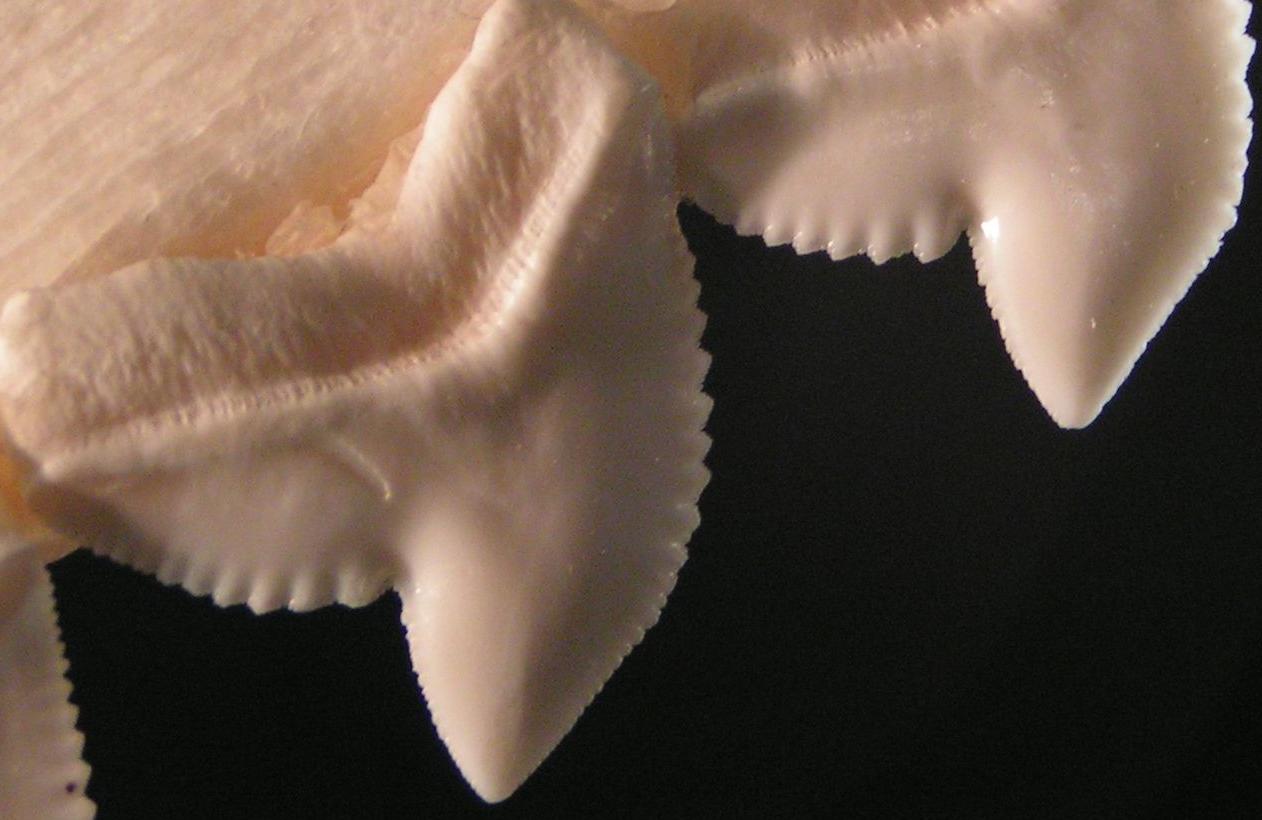
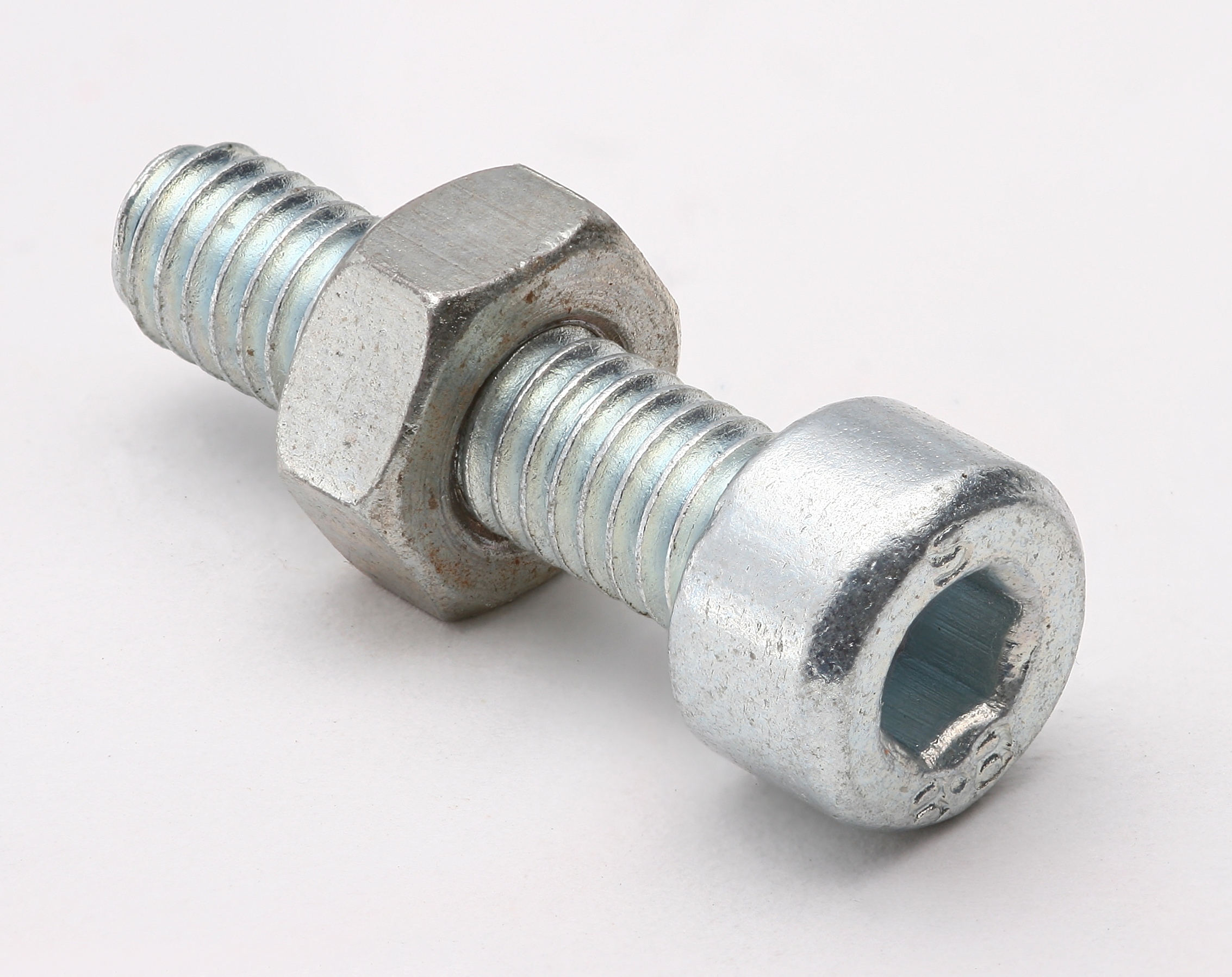
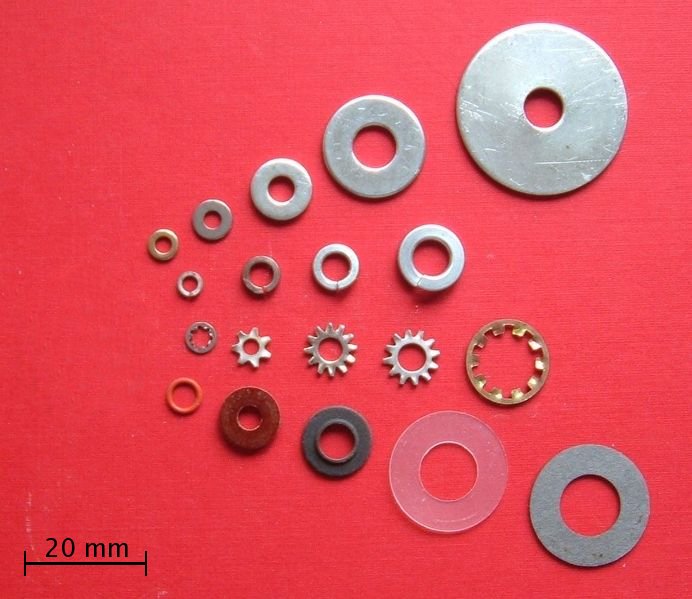
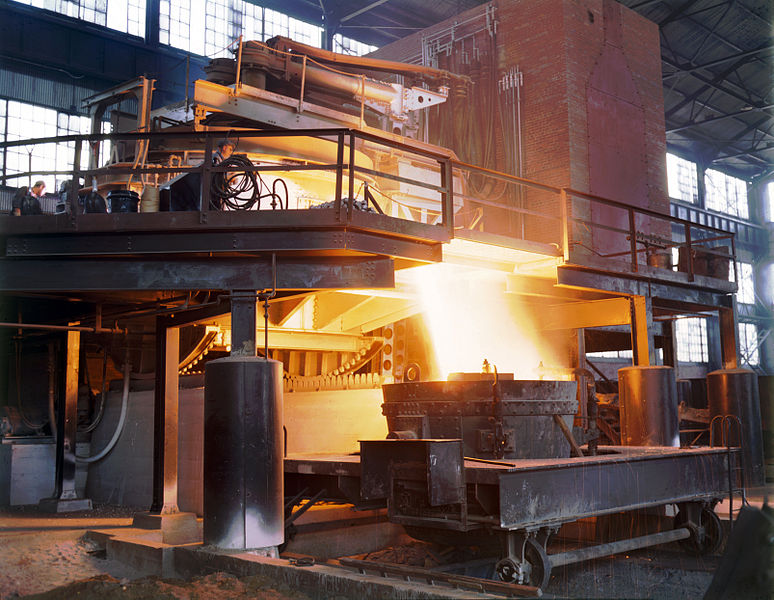
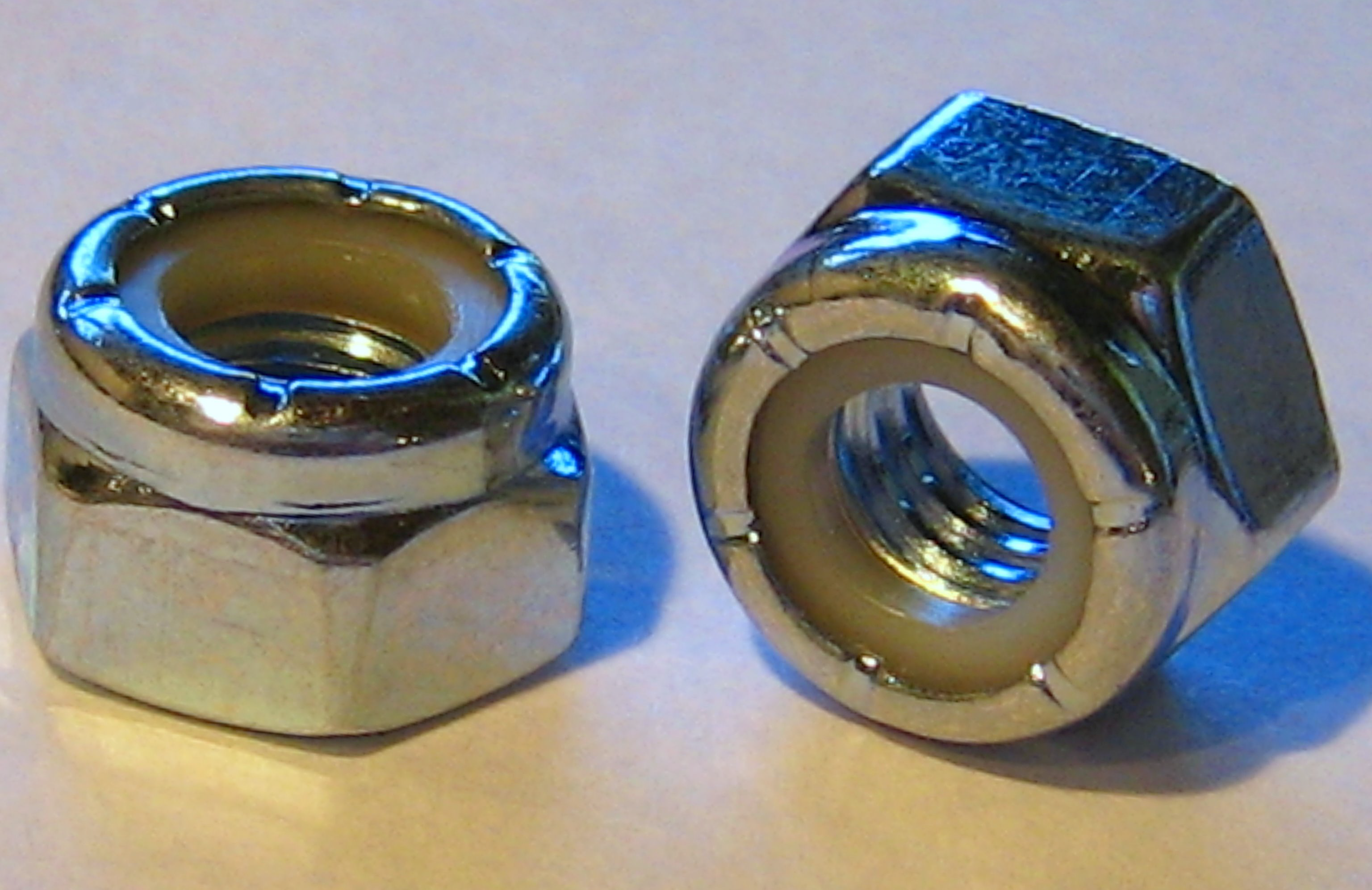

_pg328_AMERICAN_SOCIETY_OF_MECHANICAL_ENGINEERS._12_WEST_31ST_STREET.jpg)
